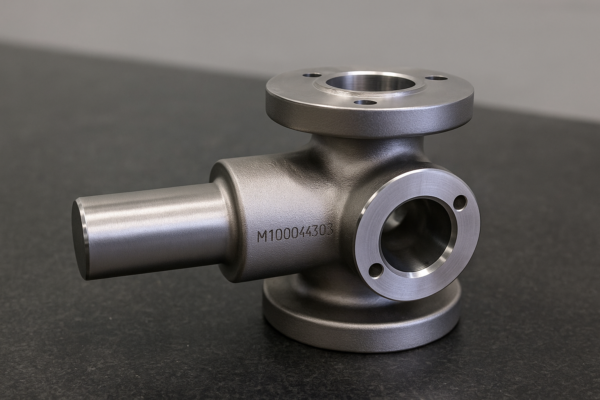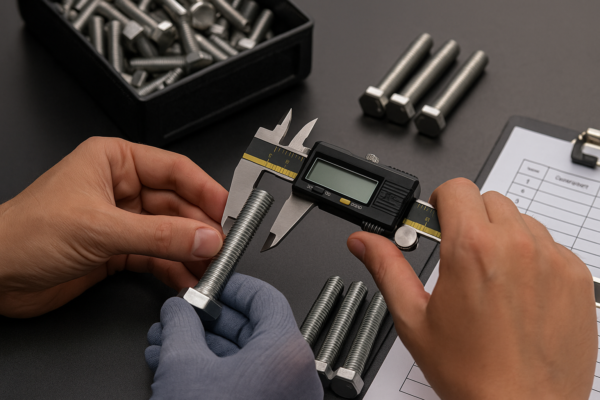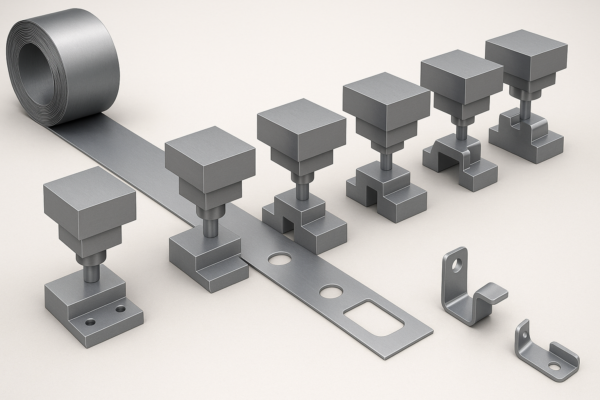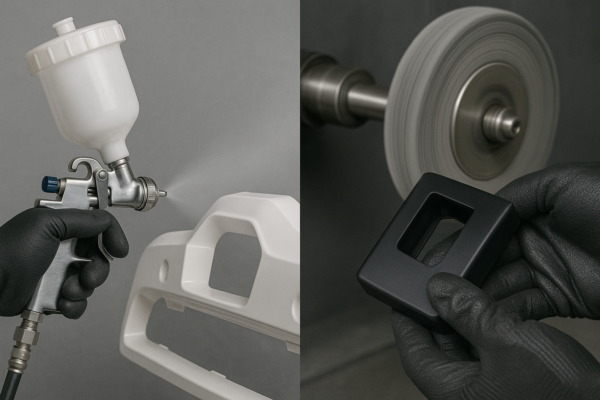How to do brazing at home and what tools do you need?
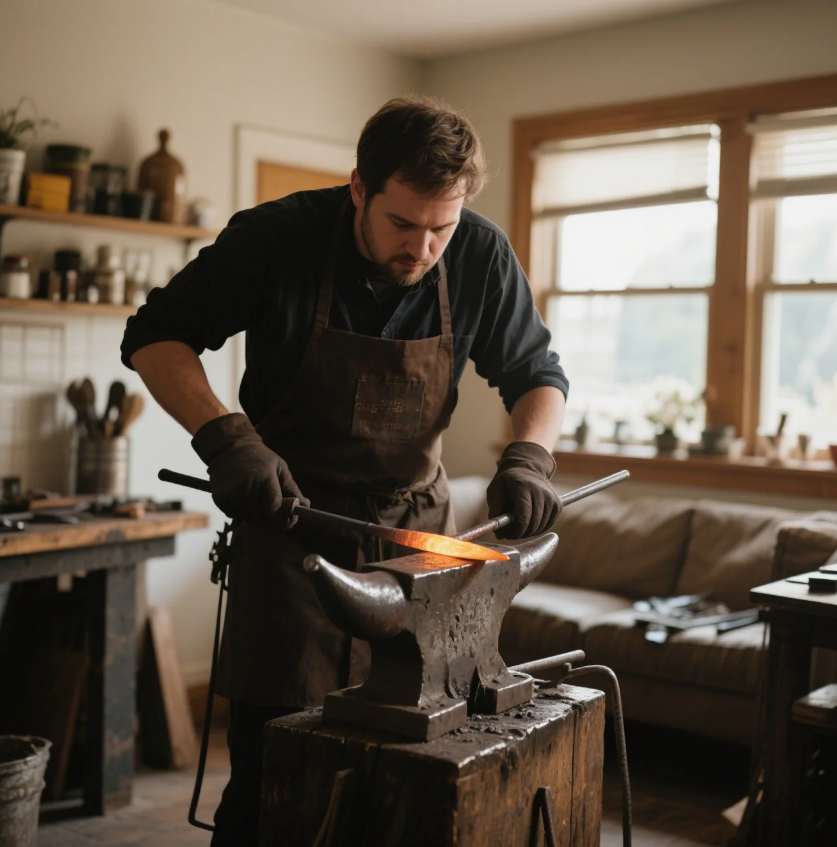
Many DIYers want to join metal without complex welders or high-heat risks—brazing offers a cleaner, accessible solution.
Brazing uses a filler metal to join parts without melting the base materials—ideal for at-home repairs and light fabrication.
Here’s how you can do it safely and effectively with the right tools.
LOOP_START
Can you braze with a regular torch?
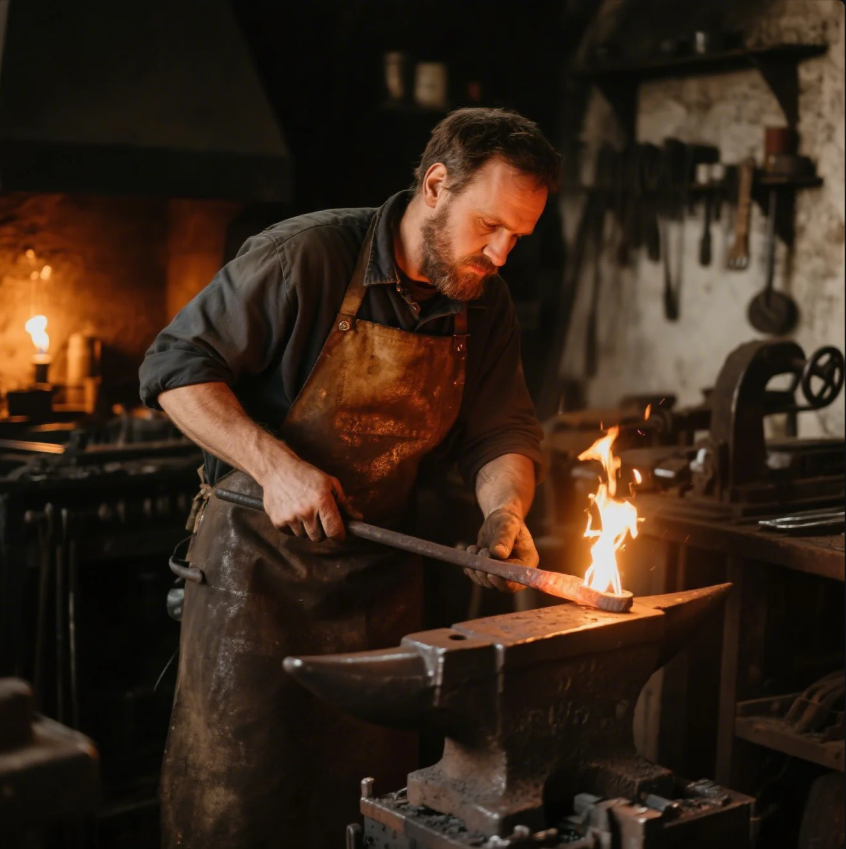
You don’t always need professional equipment to get started with brazing.
Yes, you can braze with a regular propane or MAP gas torch—especially for small or non-ferrous metal parts.
Torch types for brazing
| Torch Type | Suitable For | Max Temperature |
|---|---|---|
| Propane Torch | Small repairs, copper, brass | ~1,980°C (3,600°F) |
| MAP Gas Torch | Faster heating, mild steel | ~2,020°C (3,670°F) |
| Oxy-Acetylene | Industrial-grade brazing, cast iron | ~3,480°C (6,300°F) |
Prime’s advice for home users
We recommend MAP gas torches for clean heat control at home. If you’re working on brass fittings, copper pipes, or light steel, this setup works perfectly. Just ensure good ventilation and use flux to prevent oxidation.
LOOP_END
LOOP_START
What equipment is needed to do brazing?
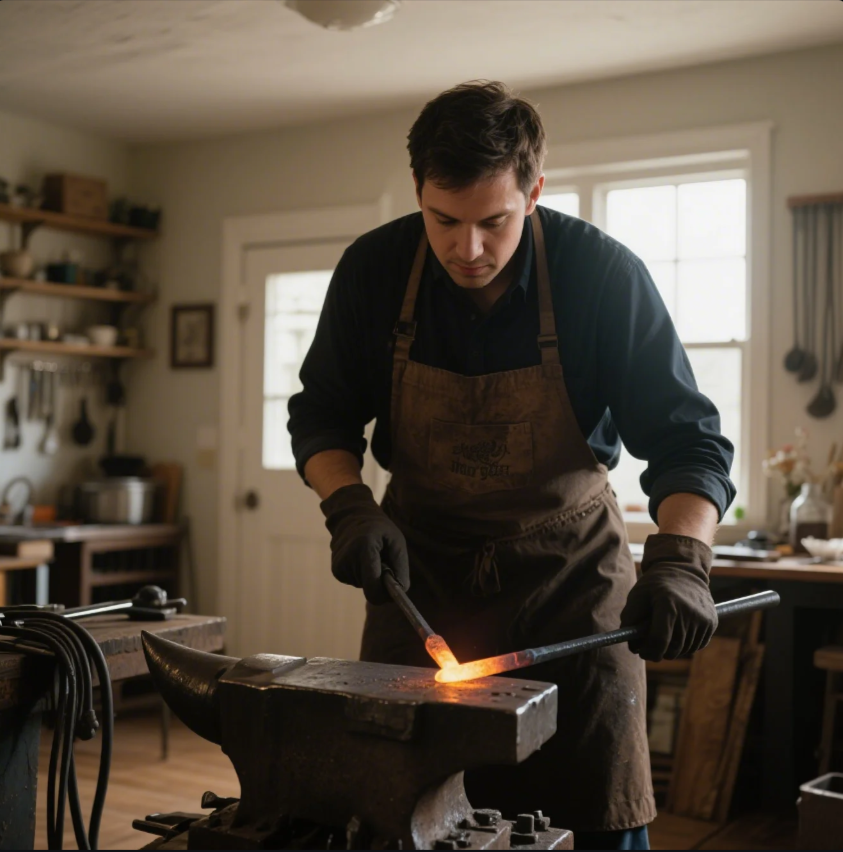
Without the right gear, home brazing can lead to weak joints or material damage.
To braze at home, you need a torch, filler rod, flux, metal cleaner, and safety gear.
Home brazing setup checklist
| Item | Purpose |
|---|---|
| Torch (Propane/MAP) | Heats joint and melts filler metal |
| Brazing Rod | Filler metal (typically bronze or silver alloy) |
| Flux Paste | Prevents oxidation, improves flow |
| Wire Brush / Cleaner | Removes dirt and oxide before brazing |
| Heatproof Surface | Firebrick or metal sheet to protect workspace |
| Safety Gear | Gloves, goggles, and ventilation |
What we use at Prime
In our factory, brazing is done with precision gas torches and custom jigs—but we encourage clients with light repair needs to use flux-coated brazing rods for better flow and minimal mess. For copper-aluminum joints, always clean thoroughly and use proper flux!
LOOP_END
LOOP_START
Is a braze as strong as a weld?

Many assume brazing is weak because it uses lower temperatures—but that’s not always true.
Brazed joints can be strong, but typically not as strong as welded joints, especially under high-stress or load-bearing conditions.
Strength comparison
| Method | Tensile Strength (approx) | Best Use Case |
|---|---|---|
| Welding | 30,000–100,000+ psi | Structural, heavy-duty parts |
| Brazing | 20,000–65,000 psi | Leak-proof, non-load joints, thin metals |
| Soldering | <10,000 psi | Electronics, low-temp applications |
What this means for you
For light DIY jobs—like joining tubing or patching brackets—brazing is more than strong enough. At Prime, we use brazing for HVAC connectors and precision instrument frames, where tight seals and low warping matter more than brute force.
LOOP_END
LOOP_START
Is it better to braze or weld cast iron?
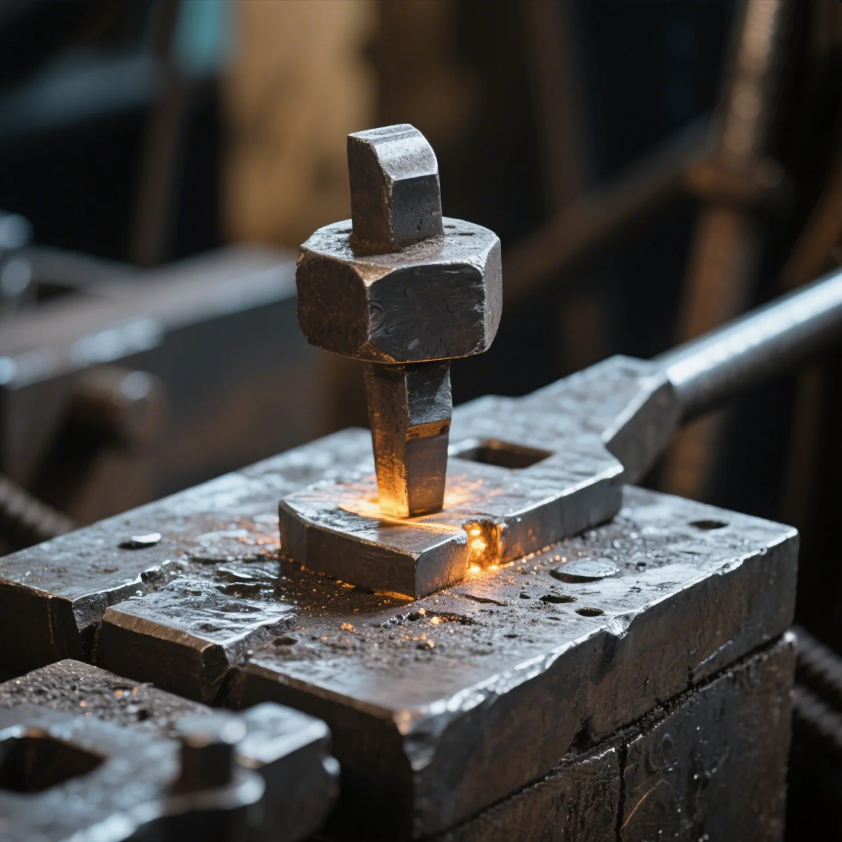
Cast iron is brittle and tricky to weld—it cracks easily without strict control.
Brazing is often better than welding for cast iron because it uses lower heat and causes less stress.
Why brazing works well for cast iron
| Feature | Brazing Advantage |
|---|---|
| Lower Temperature | Reduces thermal shock and cracking |
| Filler Flexibility | Flows well into irregular shapes and pores |
| No Base Melt | Preserves material structure |
| Simple Tools | Can be done with torch and filler |
Our solution for cast iron repairs
We’ve helped clients restore industrial cast iron pump housings using brazing instead of welding—saving time and avoiding costly cracking. For home repairs, use nickel-based brazing rods and always preheat and cool slowly for best results.
LOOP_END
Conclusion
Brazing is a great home-friendly method for joining metal—clean, reliable, and effective for many non-structural tasks.
Want industrial-level brazing quality or advice for your project? Contact Prime for free expert support, ISO-certified brazed assemblies, and fast global delivery—trusted since 1993.

